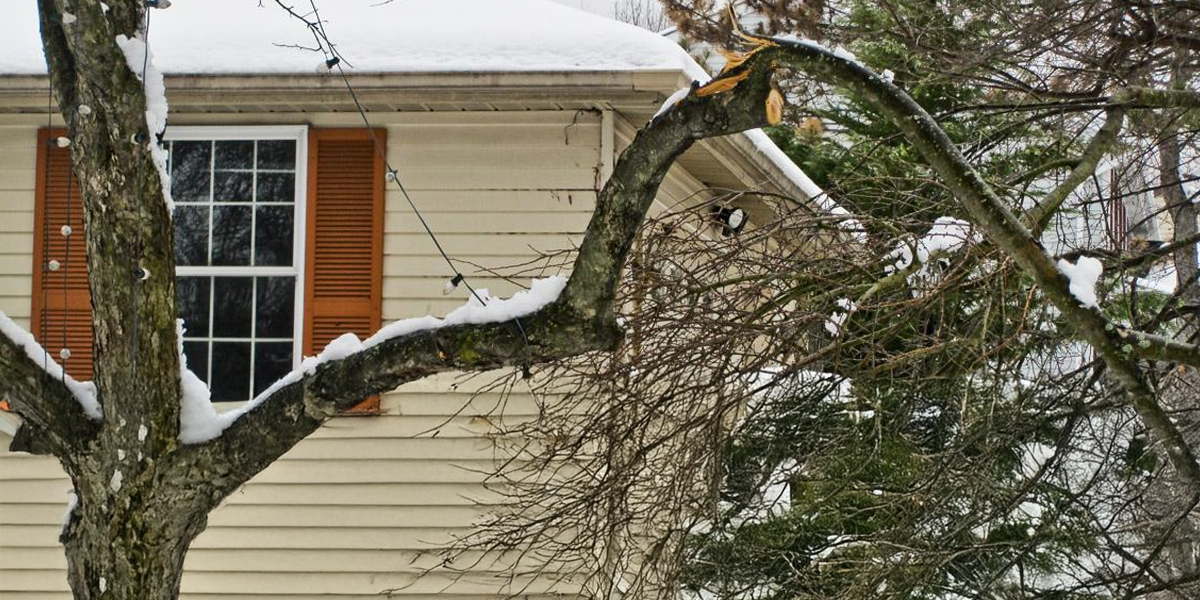
How to Care for Winter Damaged Shrubs and Trees
Maine winters can be brutal for landscape plants. Below freezing temperatures, heavy snow, and snow removal methods can all cause severe winter damage.
Although fresh snow is a great insulator and will protect trees and shrubs with shallow root systems, shoveling and other forms of snow removal break down this natural insulating quality, making the snow more prone to compaction and heaviness.
The result is snow that sticks to branches and evergreen foliage. As the snow starts to recede due to evaporation and melting, it can compress and stress plants to the point of breaking.
Extremes in winter temperatures coupled with drying winter winds and reflected sun can be a challenge as well, so we've gathered some helpful tips to help you assess and treat winter damage, along with some advice on preventing future damage.
A Word of Caution
Before attempting any of the techniques below it's important to wait until the air temperature is above 40 degrees. Working with frigid or frozen plants can cause more damage as the plants will be brittle because of the cold.
Small Damage
Typical winter damage (such as smaller broken branches) can be treated by simply removing the branch. This treatment will be especially effective with plants that are fast or bushy growers such as Spirea, Boxwood, Holly, Viburnum and Panicle Hydrangea. They will fill in the vacant area very quickly.
Larger Damage
Large structural branch damage can be a bit more challenging since removal of a branch can dramatically alter the shape and balance of trees and shrubs. However, there are some treatments available for plants such as Weeping Japanese Maples, Upright Arborvitae and Rhododendron.
Using a Japanese Maple as an example, here are a couple of common remedies you can try:
Remedy #1: Remove the damaged branch, reduce the volume and length of any undamaged branches, and wait for dormant buds to break near the trunk of the damaged section. Select a bud that is directed toward the section of loss and train that new growth to replace the branch by removing any extra or congested buds.
Remedy #2: Treat branches that aren't totally severed by either propping them up with bamboo stakes fashioned together, a "Y" shaped splint or wrapping them in a non-binding product like Rapiclip Soft Wire Tie or even electrical tape; both should yield and stretch as the plant grows. It's important to remember that these methods are not meant to be permanent and depending on the severity of the split, they can have varying success rates.
Unfortunately, the only option for damage to large trees is to remove the branch all the way to the next healthy branch with intact bark. This usually makes for a tree with a one of a kind appearance, but remember that the tree that you stop to look at in the woods is rarely perfect or stick straight!
Preventing Future Damage
Many gardeners find it helpful to cover or protect shrubs in very late fall or early winter to reduce the winter's impact. While there are no guarantees when it comes to Maine winters, shrub covers, burlap, or twine to tie up bushier varieties will help your plants shed snow and avoid winter damage.
As always, Estabrook's is at your service - please contact our nursery staff for more detailed advice, techniques and proper pruning.